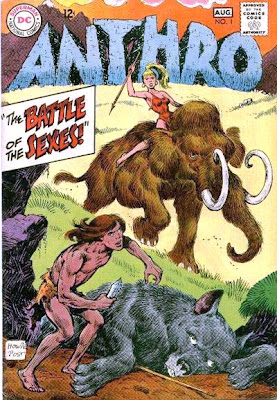From the press release:
DNA lifted from the bones, teeth, and tusks of the extinct mammoths revealed a “genetic signature” of a range expansion after the last interglacial period. After the mammoths’ migration, the population apparently leveled off, and one of two lineages died out.
“In combination with the results on other species, a picture is emerging of extinction not as a sudden event at the end of the last ice age, but as a piecemeal process over tens of thousands of years involving progressive loss of genetic diversity,” said Dr. Ian Barnes.
“For the mammoth, this seems much more likely to have been driven by environmental rather than human causes, even if humans might have been responsible for killing off the small, terminal populations that were left.”
Barnes had earlier found evidence that bison, bears, and lions underwent major population shifts twenty-five to fifty thousand years ago. Those results came as a surprise, the researchers said, because scientists tended to think that the major environmental changes happened about fifteen to twenty-five thousand years ago, when the glaciers reached their fullest extent. The findings also offered early human hunters a potential alibi; they didn’t come on the scene in large numbers until even later.
Their genetic data indicate that Siberian mammoths expanded from a small base some time before sixty thousand years ago. Moreover, they found two distinct genetic groups, implying that mammoths had diverged in isolation for some time before merging back into a single population. The DNA further suggests that no later than forty thousand years ago, one of the groups died out, leaving only the second alive at the time of the mammoth’s last gasp.
